家居甲醛检测系统的设计(附电路原理图,PCB图,程序代码)
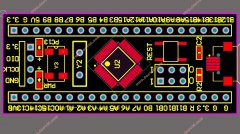
1.无需注册登录,支付后按照提示操作即可获取该资料.
2.资料以网页介绍的为准,下载后不会有水印.资料仅供学习参考之用.
密 惠 保
家居甲醛检测系统的设计(附电路原理图,PCB图,程序代码)(任务书,开题报告,论文15600字,电路原理图,PCB图,程序代码)
摘要
近年来,随着人们的生活水平的逐步提高,对家庭环境也越来越重视,意识到了房屋装修所残留的甲醛气体对人体的伤害,故在人们选房买房的时候,对甲醛含量尤为重视,从而导致室内甲醛检测成了入住新房的首要问题。但是不是每时每刻都能去找专业的甲醛检测公司对室内甲醛含量进行检测,所以需要一种让人们可以在自己家中独立完成检测,同时又具有方便快捷、灵敏准确、显示直观的特点,而且性价比较高的甲醛检测方法。
而本次家居甲醛检测系统中,引入了远程监控的概念,使得人们可以不在家中,也能检测到家中有害气体的含量。通过将检测设备连入互联网的方式,使得手机客户端可实现最终的数据显示,使户主实时掌握家中甲醛的检测情况,并及时采取相关措施预防甲醛超标。
本次设计研究内容主要分为以下几个部分:
1. 分析检测和控制系统的相关设计需求,将整个系统分为检测设备和客户端两大部分,主控器完成甲醛气体的检测以及相关功能要求,而客户端实现远程监控。
2. 分析主控制器设计需求,本次设计中采用单片机微处理器作为硬件电路设计的核心,而前端甲醛检测则采用传感器的方式采集甲醛信息,同时为研究甲醛同温湿度的关系,增设了型号为DHT11的温湿度传感器,便于研究两者之间的关系。 [来源:http://think58.com]
3. 本次系统设计采用的通信协议是TCP/IP协议,用于服务器和手机接收端之间的信息交互。
4. 远程客户端应用程序采用基于Android的程序软件,本次设计中调用现有的APP——网络调试助手进行测试,可实现的功能是:对室内甲醛和温湿度环境进行监控、甲醛超标报警。
关键词:甲醛;单片机;无线通信;TCP;安卓
Abstract
In recent years, with the gradual improvement of people’s living standards, more and more attention has been paid to the family environment, and it has been recognized that the residual formaldehyde of the house is harmful to the human body. Therefore, when people buy a house, they pay more attention to formaldehyde content.Which led to indoor formaldehyde testing has become the most important issue for new homes. But not every time can find a professional formaldehyde detection company to test indoor formaldehyde content, so we need a way for people to be able to independently complete the test in their own homes, but also has the characteristics of convenience, sensitivity, accuracy, intuitive display, And the cost-effective formaldehyde detection method.
The concept of remote monitoring was introduced into the home formaldehyde detection system so that people could not be at home and they could detect harmful gases in their homes. By connecting the testing equipment to the Internet, the mobile phone client can achieve the final data display, so that the householder can master the detection of formaldehyde in the home in real time, and take relevant measures to prevent excessive formaldehyde.
The contents of this design study are mainly divided into the following sections:
1. Analyze the related design requirements of the inspection and control system, and divide the entire system into two parts: the detection equipment and the client. The main controller completes formaldehyde gas detection and related functional requirements, while the client implements remote monitoring.
2. Analyze the design requirements of the main controller. In this design, the microcontroller of the microcontroller is used as the core of the hardware circuit design. The front-end formaldehyde detection adopts the sensor method to collect the formaldehyde information. At the same time, the relationship between formaldehyde and temperature and humidity is added. The DHT11 temperature and humidity sensor is designed to facilitate the study of the relationship between the two.
[资料来源:http://think58.com]
3. The communication protocol used in this system design is the TCP/IP protocol for information exchange between the server and the receiving end of the mobile phone.
4. The remote client application uses Android-based program software. In this design, the existing APP, the network debugging assistant, is used for testing. The functions that can be realized are: monitoring the indoor formaldehyde and temperature and humidity environment, and exceeding the formaldehyde alarm. .
Key words: Formaldehyde; Microcontroller ; Wireless communication ; TCP ; Android
[资料来源:http://think58.com]
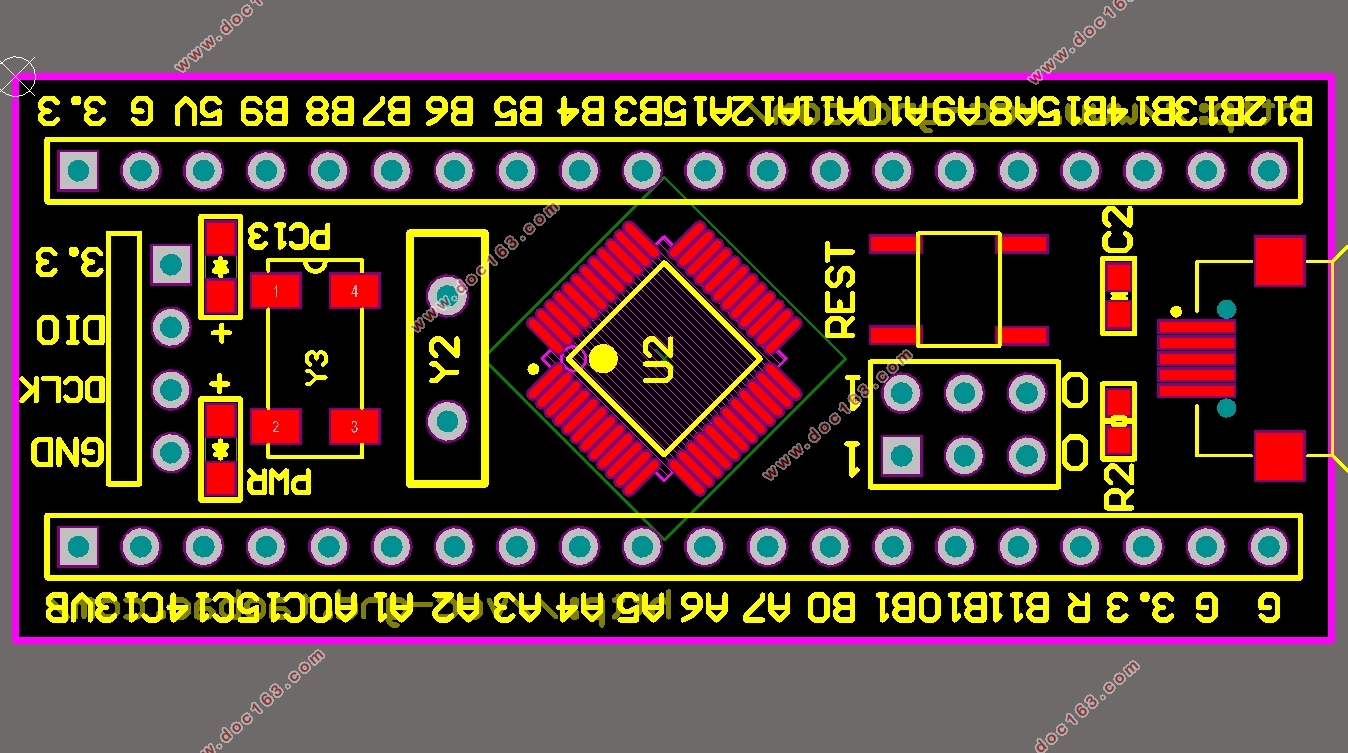
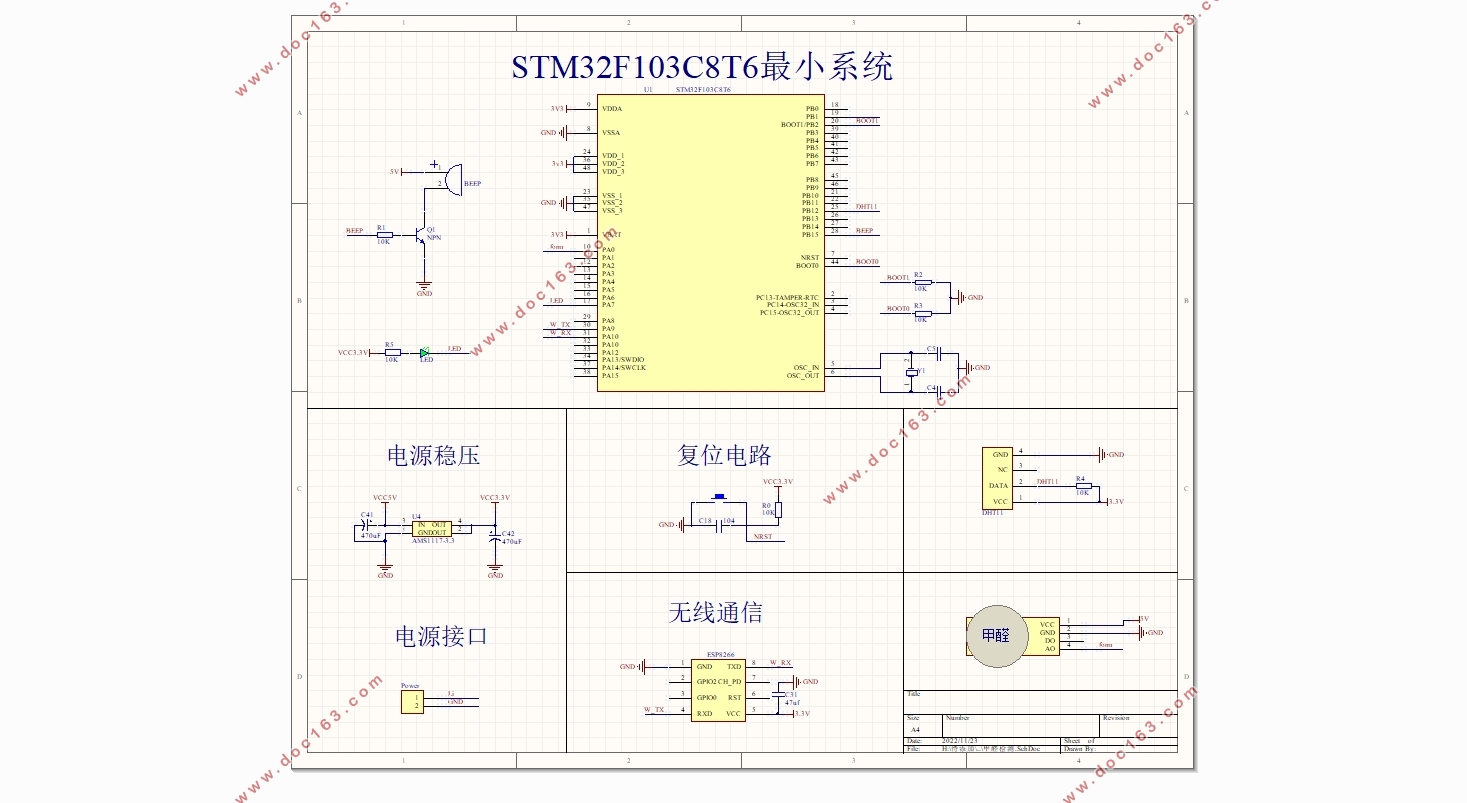
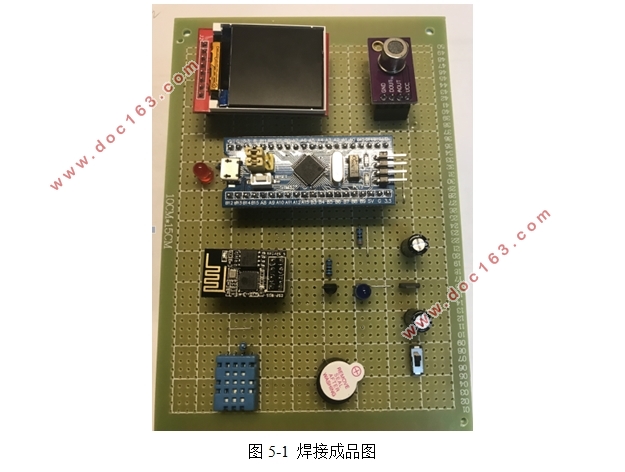
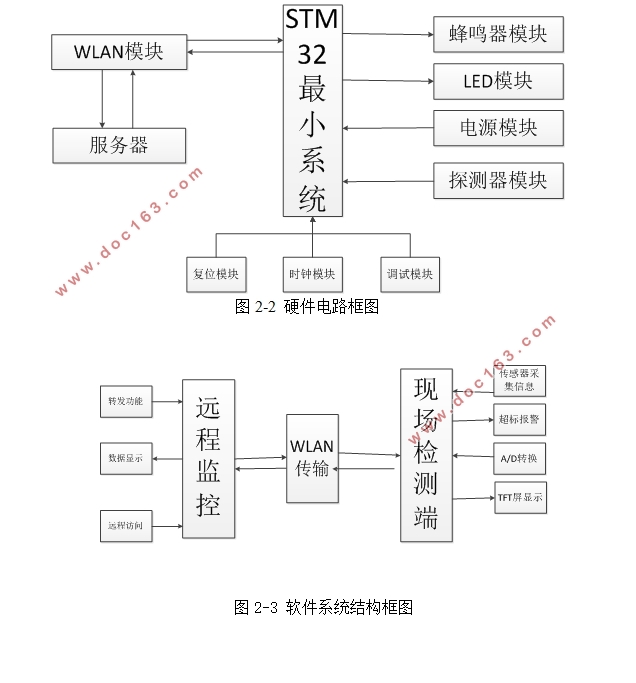
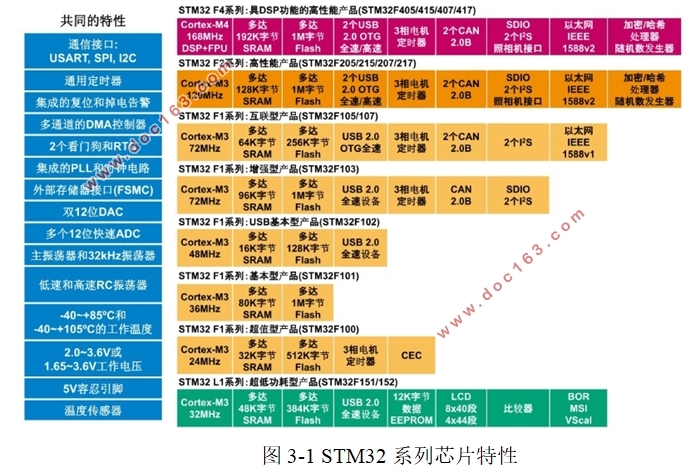
[版权所有:http://think58.com]

目 录
摘要 I
Abstract II
第1章 绪论 1
1.1 研究背景及意义 1
1.2 国内外研究现状 1
1.3 未来发展趋势 2
1.4 研究内容与章节安排 2
第2章 总体方案设计 4
2.1 系统功能设计 4
2.2 系统框架设计 4
2.2.1 设计思路 4
2.2.2 联网方案的选择 4
2.2.3 微处理器方案设计选择 5
2.2.4 系统框图 5
2.3 远程监控设计方案 6
2.4 总体设计方案汇总 6
第3章 硬件电路设计 8 [资料来源:http://think58.com]
3.1 单片机最小系统 8
3.1.1 主控芯片的选择 8
3.2.2 时钟源的选择 10
3.2.3 复位电路 11
3.2.4 调试接口电路 12
3.2.5 最小系统仿真图 12
3.3 甲醛检测电路 13
3.4 温湿度检测电路 14
3.5 WLAN电路 15
3.6 报警电路 16
3.7 其他模块电路 17
3.7.1 电源电路 17
3.7.2 启动电路 18
3.8 本章小结 19
第4章 软件设计 20
4.1 软件设计思路 20
4.2 系统初始化设计 21
4.2.1 时钟初始化 21
4.2.2 GPIO初始化 21
4.2.3 SPI初始化 22
4.2.4 温湿度传感器初始化 23
4.2.5 甲醛传感器初始化 23
4.2.6 TFT液晶屏初始化 23 [资料来源:THINK58.com]
4.2.7 Wi-Fi初始化 23
4.3 甲醛检测及数据处理 25
4.4 温湿度传感器模块 26
4.5 TFT液晶屏显示设计 27
4.6 互联网接入 28
第5章 实物焊接以及功能测试 30
5.1 实物焊接 30
5.2 检测电路功能的测试 30
5.2.1 系统初始化 30
5.2.2 Wi-Fi连接 31
5.2.3 数据显示 32
5.2.4 超标报警 32
5.3 远程监控功能测试 33
第6章 总结与展望 35
6.1 总结 35
6.2 展望 36
参考文献 37
致 谢 38
[资料来源:www.THINK58.com]
